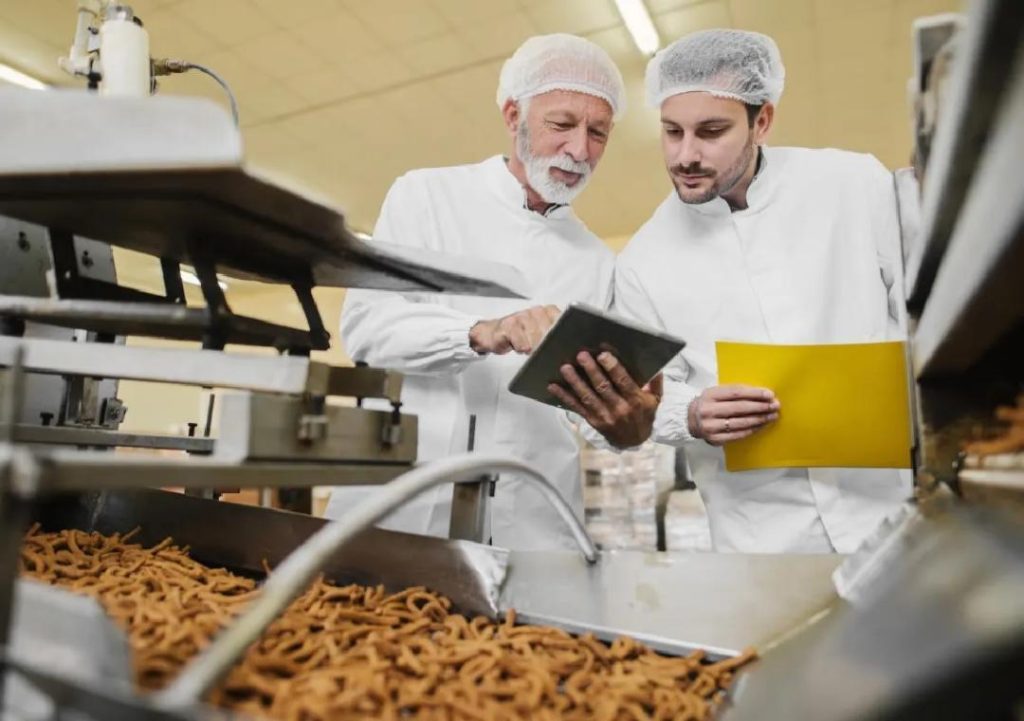
Can P&L Optimisation Redefine Success in Food Technology?
The food technology industry is undergoing a significant transformation, driven by the need for businesses to optimize their profit and loss (P&L) operations to stay competitive. With the increasing demand for fresh, sustainable, and high-quality food products, companies are turning to automation, smart inventory systems, and data analytics to streamline their P&L operations. This shift is not only helping businesses reduce waste, sharpen their demand forecasting, and support better decision-making but also enabling them to boost margins, ensure sustainable growth, and stay ahead of the competition.
The Challenges of P&L Management in Food Technology
Food technology companies face unique challenges when it comes to managing their P&L operations. The industry is characterized by high-volume, high-velocity, and high-variety demand, which can lead to complexity and inefficiencies in the supply chain. Additionally, the industry is subject to seasonal fluctuations, weather-related disruptions, and changing consumer preferences, all of which can impact profitability.
Traditional P&L management methods, which often rely on manual processes and spreadsheets, can struggle to keep up with the fast-paced and dynamic nature of the food technology industry. This can lead to errors, delays, and missed opportunities, ultimately impacting the bottom line.
The Role of Automation in P&L Optimisation
Automation is playing a critical role in P&L optimisation in the food technology industry. By automating manual processes, such as data entry and reporting, companies can reduce the risk of human error, increase efficiency, and free up staff to focus on higher-value tasks.
Automation can also help food technology companies to better manage their inventory and supply chain. By integrating with existing systems, automation can provide real-time visibility into inventory levels, allowing companies to make informed decisions about production and shipping. This can help to reduce waste, improve quality, and increase customer satisfaction.
The Power of Smart Inventory Systems
Smart inventory systems are another key component of P&L optimisation in the food technology industry. These systems use data analytics and machine learning algorithms to predict demand, track inventory levels, and alert companies to potential stockouts or overstocking.
Smart inventory systems can help food technology companies to better manage their inventory and reduce waste. By analyzing sales data, seasonality, and weather patterns, these systems can provide accurate demand forecasts, allowing companies to adjust their production and shipping schedules accordingly. This can help to reduce overstocking and minimize the risk of spoiled products.
The Importance of Data Analytics
Data analytics is a critical component of P&L optimisation in the food technology industry. By analyzing data from various sources, including sales, production, and inventory systems, companies can gain insights into their operations and make data-driven decisions.
Data analytics can help food technology companies to identify areas for improvement, optimize their supply chain, and reduce waste. By analyzing sales data, companies can identify trends and patterns, allowing them to adjust their production and shipping schedules accordingly. This can help to reduce overstocking and minimize the risk of spoiled products.
The Benefits of Scalable Models
Scalable models are another key component of P&L optimisation in the food technology industry. By adopting scalable models, companies can ensure sustainable growth, reduce costs, and improve profitability.
Scalable models can help food technology companies to better manage their growth and expansion. By integrating with existing systems, scalable models can provide real-time visibility into operations, allowing companies to make informed decisions about production, shipping, and inventory. This can help to reduce waste, improve quality, and increase customer satisfaction.
Conclusion
In conclusion, P&L optimisation is a critical component of success in the food technology industry. By streamlining P&L operations with automation, smart inventory systems, and data analytics, companies can reduce waste, sharpen demand forecasting, and support better decisions. By adopting scalable models, businesses can boost margins, ensure sustainable growth, and stay competitive in the industry.
The food technology industry is undergoing a significant transformation, driven by the need for businesses to optimize their P&L operations to stay competitive. By embracing automation, smart inventory systems, data analytics, and scalable models, food technology companies can redefine success and achieve sustainable growth and profitability.
Source:
https://www.growthjockey.com/blogs/p-and-l-operations-in-food-tech






